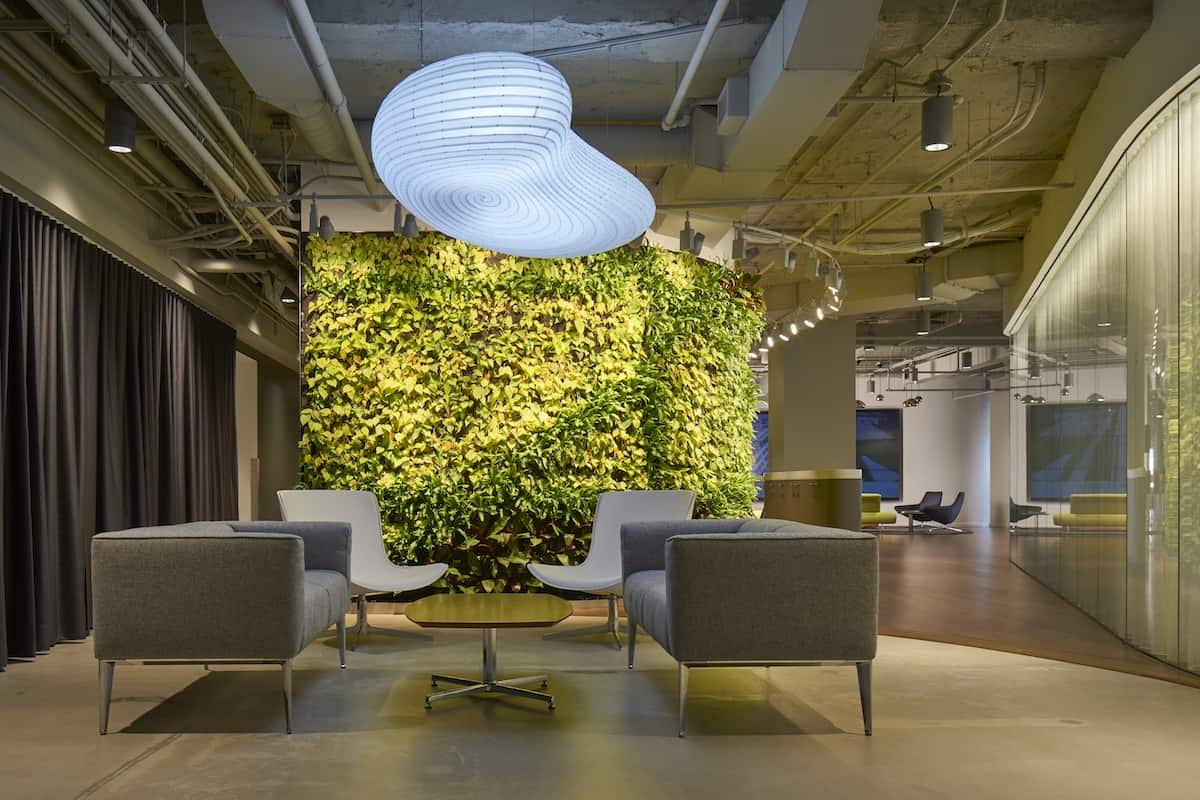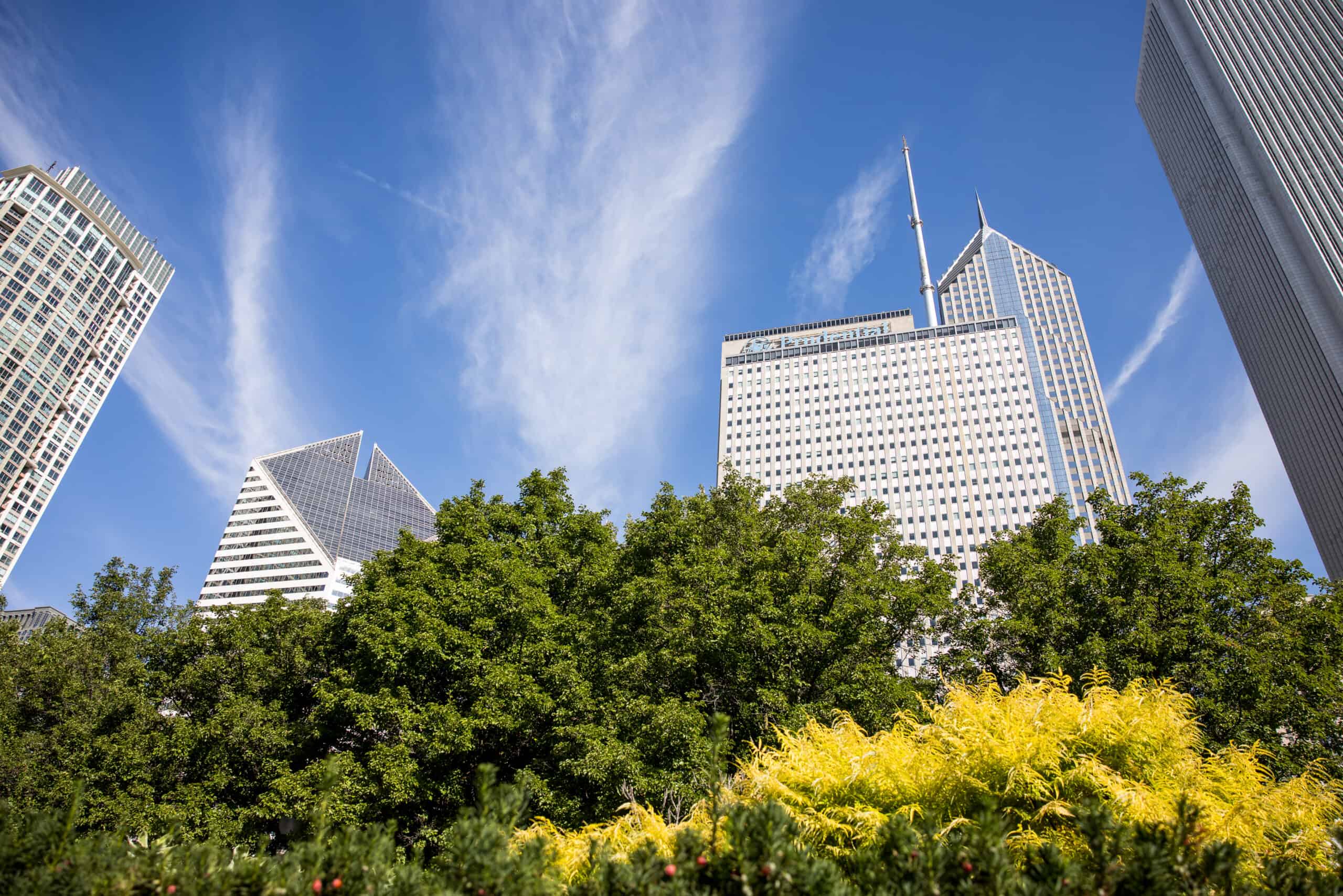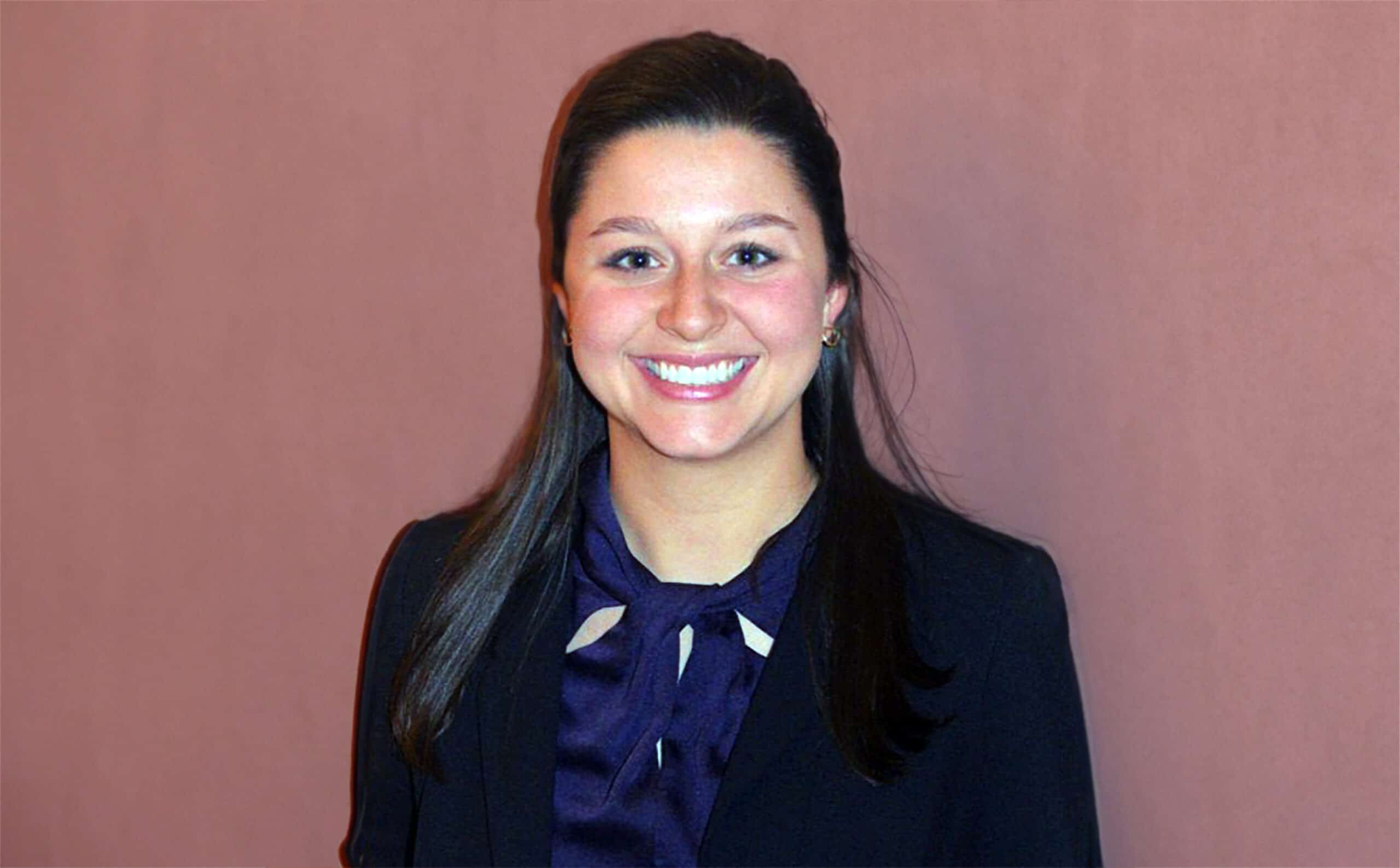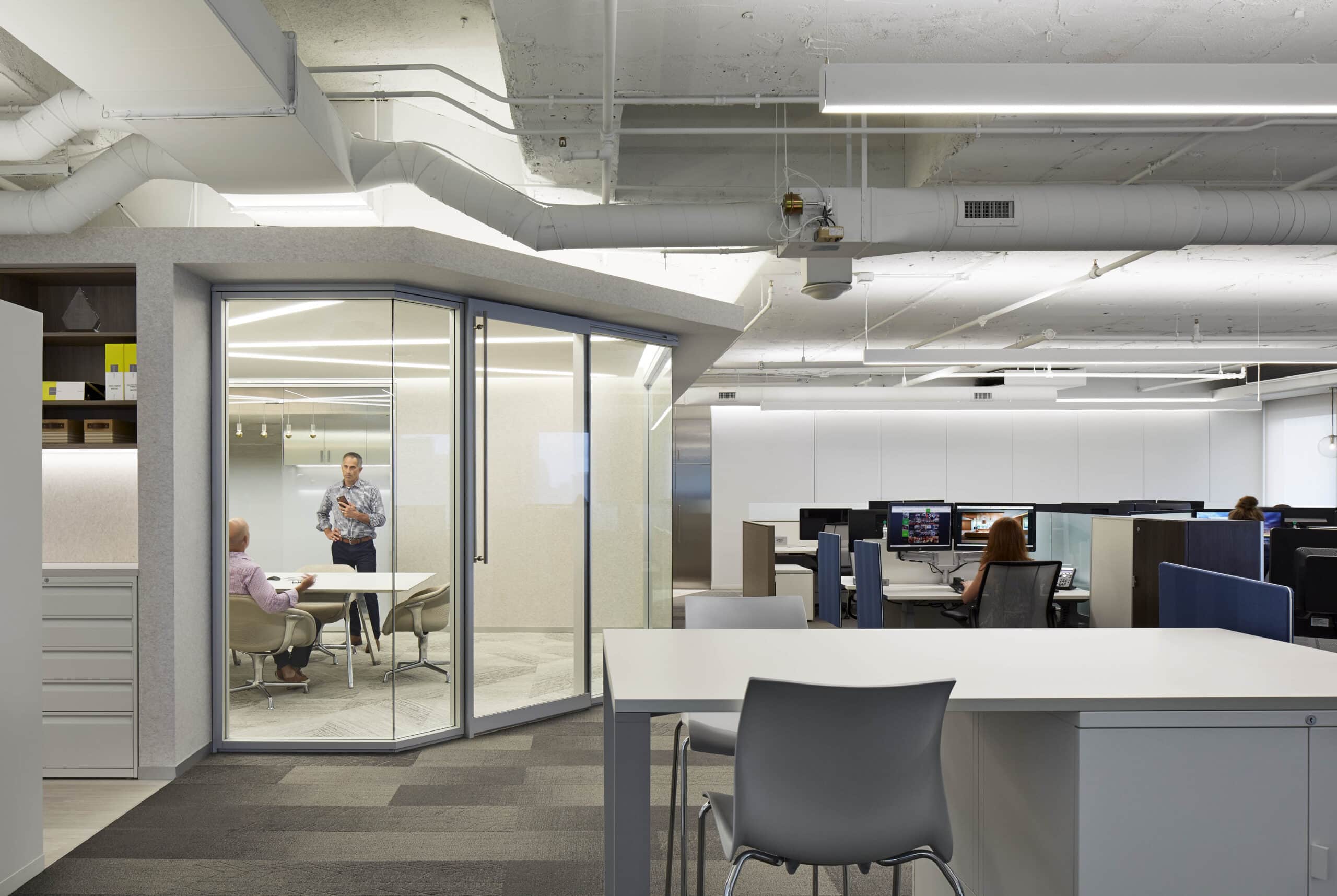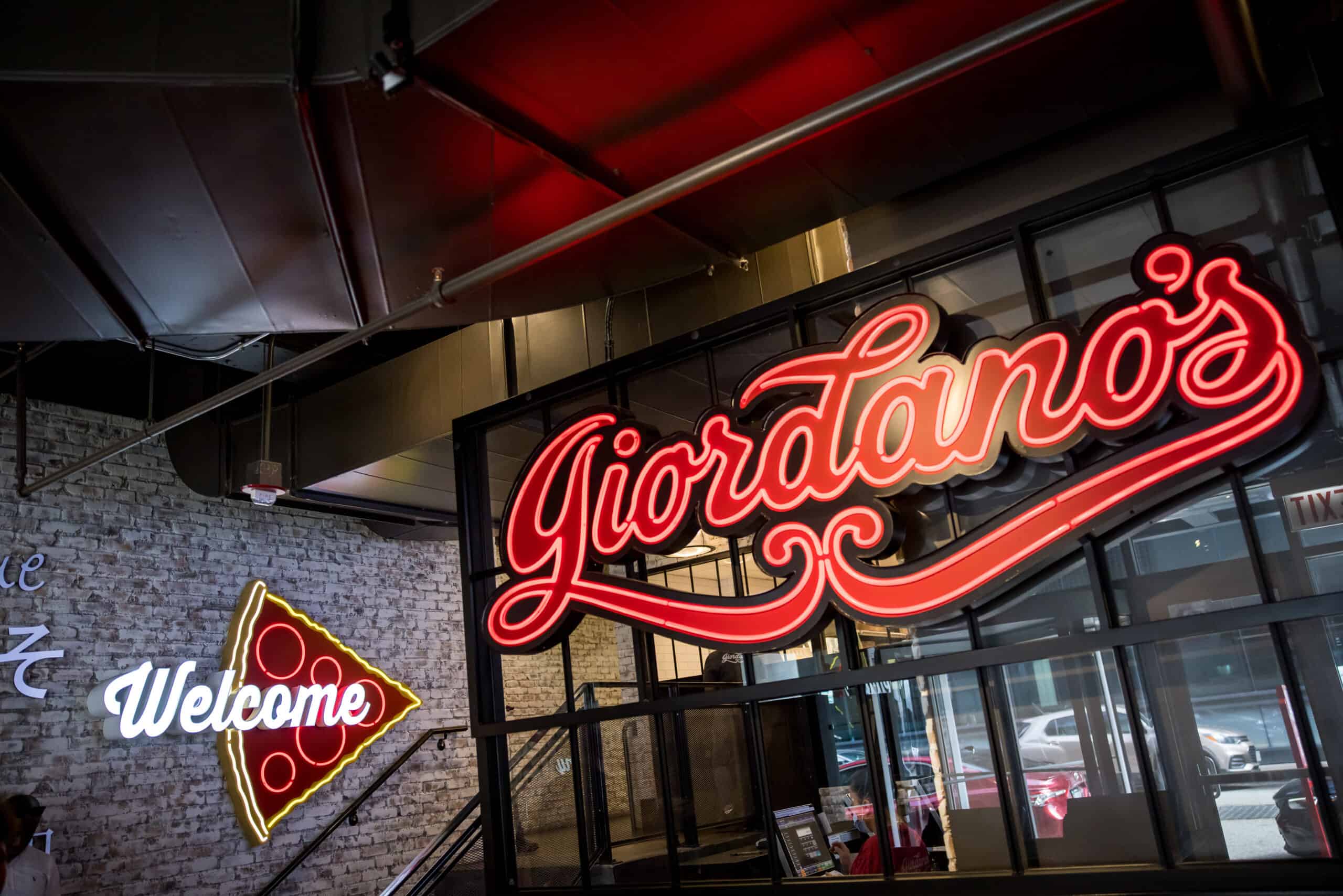Flexibility is a corporate buzzword these days—as in, employees want flexibility from their employers—but what does it really mean to be flexible? On a basic level, to be flexible is to adapt to change. But when talking about full flexibility in the workplace, to be flexible is more than just the ability to react to change. It’s to anticipate it, to prepare for it, to welcome it, to encourage it—whatever “it” may look like. Flexibility is ingrained in the design, functionality, and location of One Two Pru. We provide retail and lifestyle businesses onsite; leisure & collaboration areas throughout the building; and easy access to some of Chicago’s best parks, attractions, & transportation.
For those wanting to increase team morale, foster a supportive culture, and retain & attract valuable employees, here’s your guide to creating a fully flexible workplace.
Location & Workspace Preferences
A hot topic since 2020 is that of remote work vs. in-office work vs. a hybrid of both. Flexibility leaves space for individual preferences, rather than adhering to a rigid set of rules or compromising on a few expectations. Flexibility takes into account that what works for some doesn’t always work for all and empowers employees to work how they prefer.
This can also apply to workspaces within the office. Open-office floor plans may be great for collaboration, but they don’t often take into consideration the need some have to work in solitude, without interruption. Making quiet/private spaces accessible during the workday allows employees to flex their environment based on where they feel most productive and comfortable. One Two Pru offers this flexibility for our tenants—providing flex workspaces and conference rooms in our 11th floor lounge to be used as needed/desired.
Varying Work Hours
The 9-to-5 workday should be retired. Sure—structure can be nice, and it’s helpful to have your whole team working during the same hours for the sake of collaboration. But it’s not always the most practical work schedule for everyone. To allow for flexibility, consider setting a block of hours where meetings and collaboration should be held—with any hours outside of those reserved for independent work and individual needs. As long as your team is available during those collaboration hours and getting their work done, when they start and end the workday shouldn’t matter.
Space for Appointments & Breaks
Life happens. And it often happens during work hours. Whether it’s medical appointments, workout classes, or a child’s performance at school, employees are going to need to leave the office (virtual or in-person) throughout the day. Allow them the space they need to make those appointments, attend those events, and take leisurely breaks when needed. They can always make up for this missed time.
You could even take the flexibility a step further and encourage employees to take breaks for things they wouldn’t have thought to do during “normal” work hours. One Two Pru, for example, has a nail salon, health club, and rooftop lounge spaces right in the building. Our tenants encourage their employees to take advantage of these conveniences—while also not limiting them to what’s in the building, of course.
Fluid Job Responsibilities
This one can get a little tricky, as you don’t want to be taking advantage of your team and causing burnout, but having some flexibility within job roles and across departments can be great for morale and learning & development.
Being Open to Feedback and Adjustments
Being flexible means being ready for change. To have a fully flexible workplace, you’ve got to be open to being challenged. Recognize that maybe the way things have always been done isn’t the best way. Maybe this particular policy doesn’t make sense anymore. Maybe it’s time to consider new perspectives and adjust accordingly.
Curious about leasing at One Two Pru? Inquire here.
